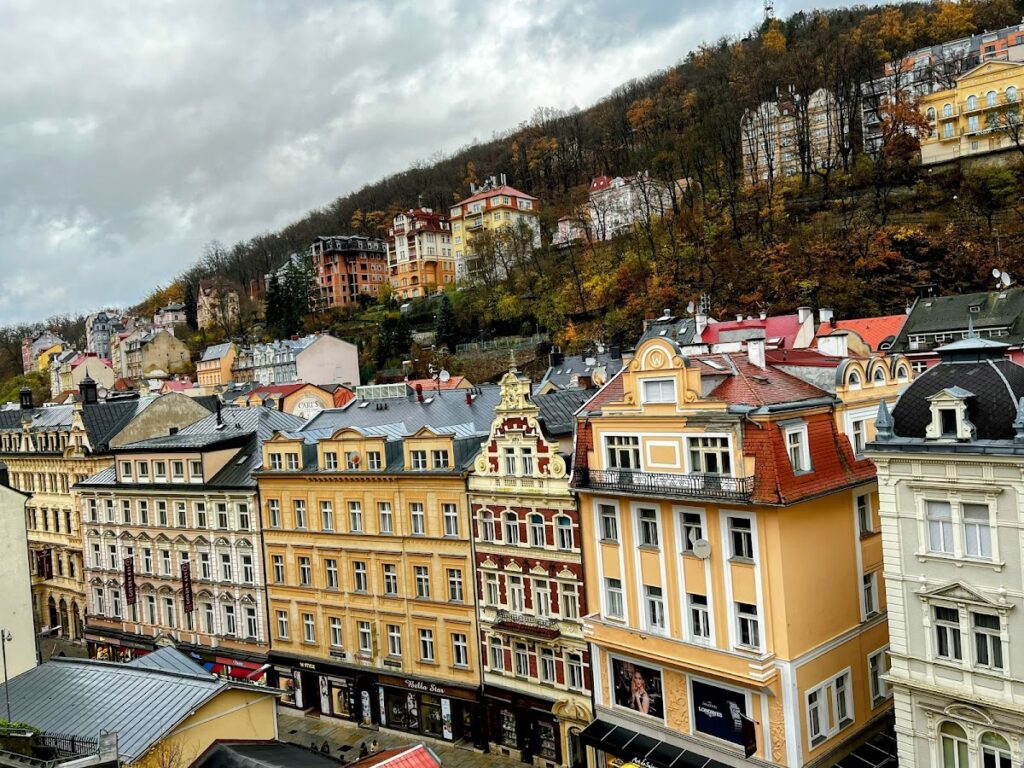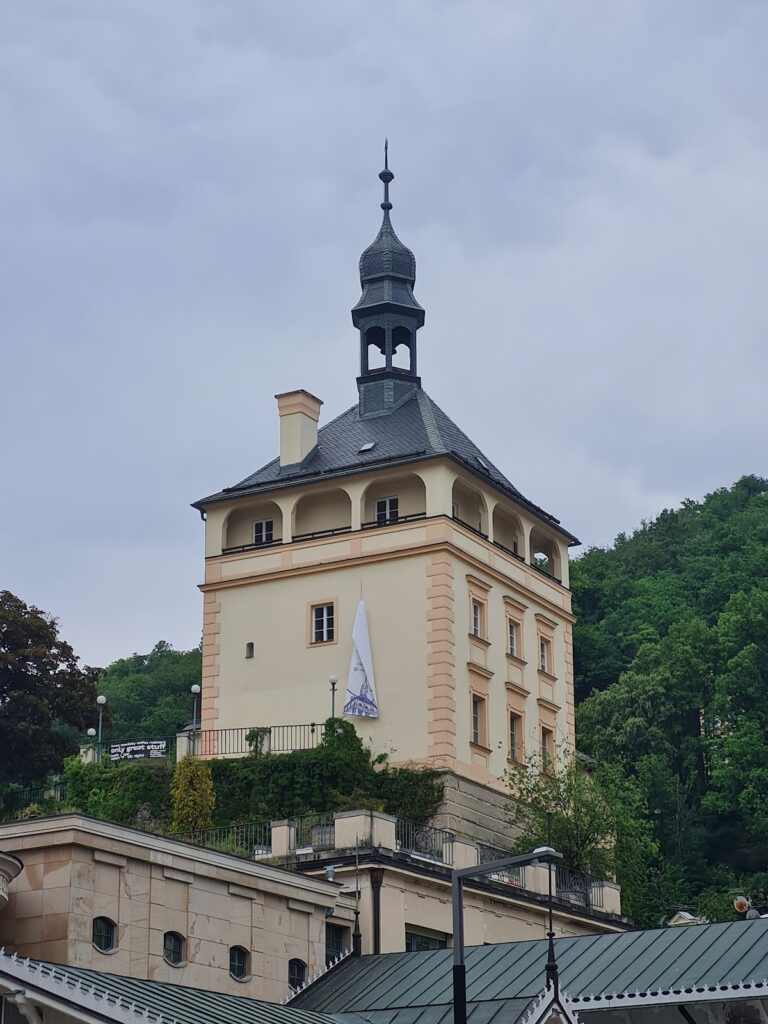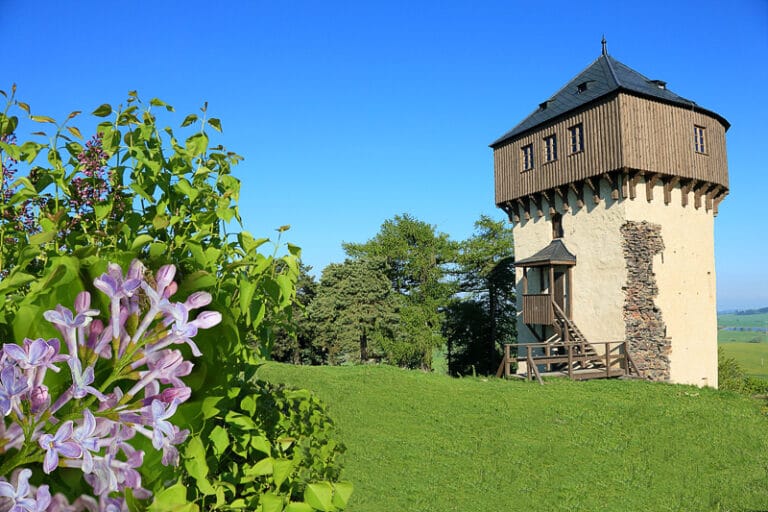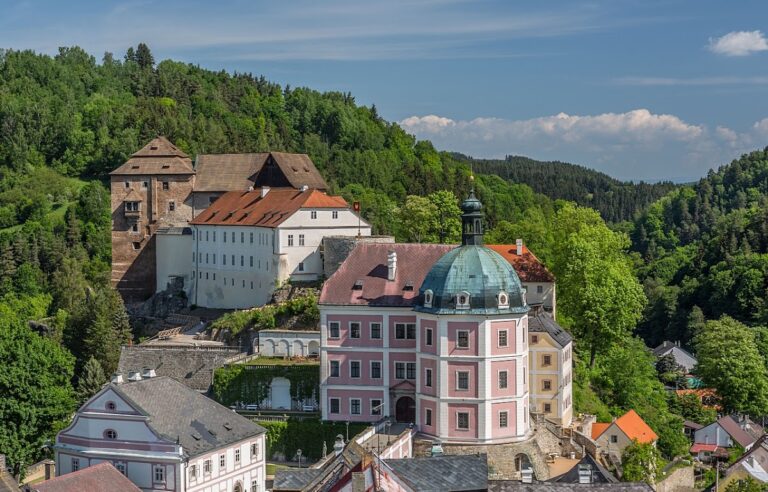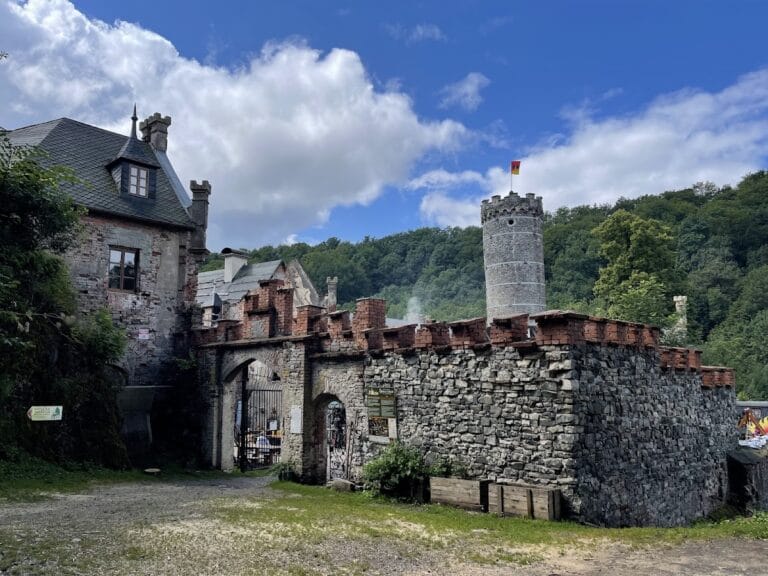Zámecká věž: A Historic Tower in Karlovy Vary, Czechia
Visitor Information
Google Rating: 4.5
Popularity: Low
Google Maps: View on Google Maps
Official Website: www.zameckavez.cz
Country: Czechia
Civilization: Unclassified
Remains: Military
History
Zámecká věž is located in the town of Karlovy Vary, Czechia, and was built by the medieval Bohemian civilization during the reign of King Charles IV.
The origins of Zámecká věž trace back to around 1358 when a Gothic royal castle was established by order of King Charles IV. The king spent several stays there between 1370 and 1376. In 1370, Charles IV issued an official document at the castle, granting the villages of Obora and Drahovice, a privilege that was later reconfirmed by his successor Wenceslaus IV in 1401. The castle and the town of Karlovy Vary remained under royal authority until 1437.
After 1437, the Šlik family acquired Karlovy Vary and the castle as a pledge, including the nearby castle of Loket. Around 1475, a dispute arose when knight Václav Polacký obtained the castle in pledge from Matthias Šlik for 500 imperial gold coins. This led to tensions with the local townsfolk, who were involved in conflicts that included imprisonments within the castle tower. King Vladislaus II intervened during this episode, commanding the Šlik family to compensate Polacký with 650 imperial gold coins and to free him.
Following Matthias Šlik’s death in 1489, ownership of the castle passed to Jeroným Šlik, and subsequently to his son Šebastián Šlik. The local inhabitants rebelled during Šebastián’s rule, igniting a war from 1502 to 1506. During the conflict, control of the castle alternated between the townspeople and the Šlik family. Eventually, the war concluded in 1506 with peace, and the castle was administratively connected to Loket.
In 1547, the Šlik family sided against King Ferdinand I in a political conflict and consequently lost possession of the castle, which then reverted to royal property. However, the castle was neglected, fell into disrepair, and began to decay. Emperor Maximilian II transferred ownership of the castle to the town in 1567. The town repurposed the site for storing firefighting equipment and acquired the associated forests in 1598.
A fire in 1604 severely damaged the castle, which was never rebuilt. Instead, in 1608, a Baroque city watchtower was constructed on the location. This tower was staffed by a trumpeter, who signaled notable visitors and marked the start of the spa season, as well as a watchman responsible for fire surveillance. The tower experienced restoration after a 1759 fire and underwent various changes during the eighteenth and nineteenth centuries.
In 1911, an elevator was installed in the tower, designed by Friedrich Ohmann, the architect known for the nearby Zámecká kolonáda. The last major renovation took place in 2001. Today, the tower stands as a transformed structure serving several social functions within the city.
Remains
The site of Zámecká věž preserves the heavily altered main tower, or donjon, of the original small Gothic castle. It stands on a hill overlooking the Teplá River, close to the market colonnade in Karlovy Vary, marking a prominent feature in the urban landscape. Archaeological investigations have confirmed that a manor building once adjoined the donjon on its northwest side. Evidence for this includes a thin northwest wall and a vaulted basement featuring a barrel vault that partially extends beneath the tower itself.
The city watchtower erected in 1608 incorporates Baroque architectural elements. Its roof has a simple pyramidal shape, while the second floor is distinguished by a three-sided arcade gallery. This gallery historically served as an elevated platform where fanfares were played to welcome distinguished guests and to initiate the spa season. At the top of the structure, a characteristic Baroque turret crowns the tower.
Over time, the tower has preserved its medieval core, seamlessly blended with later Baroque modifications and the 20th-century addition of the elevator. The combination of these historical layers illustrates the evolution of the building from a defensive stronghold to a civic watchtower. The tower remains intact and prominently visible, embodying centuries of architectural adaptation along the left bank of the Teplá River.

